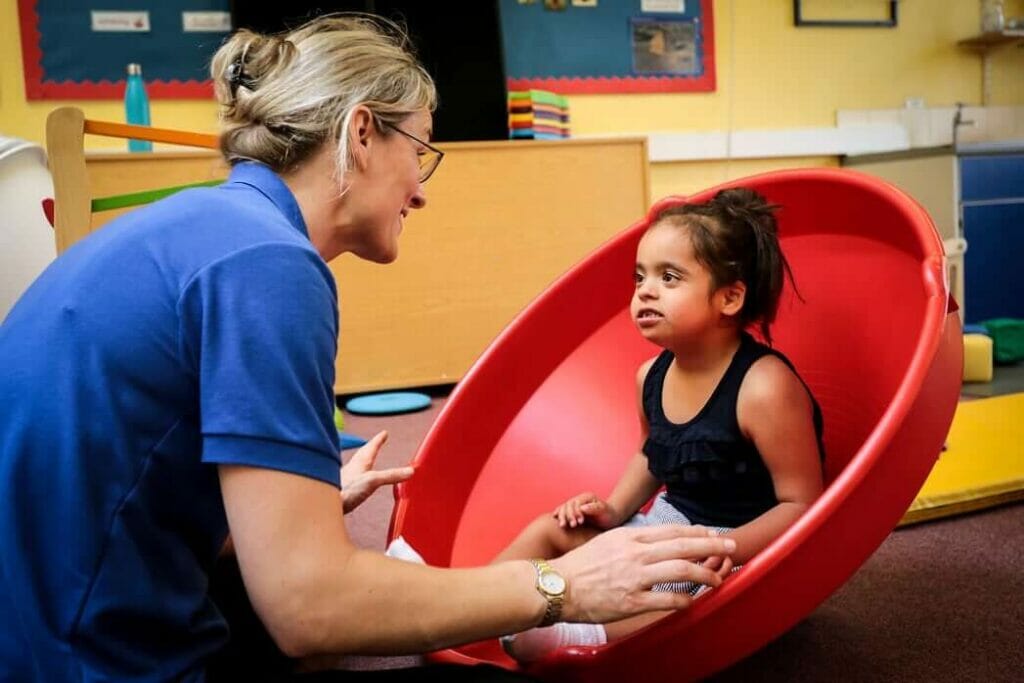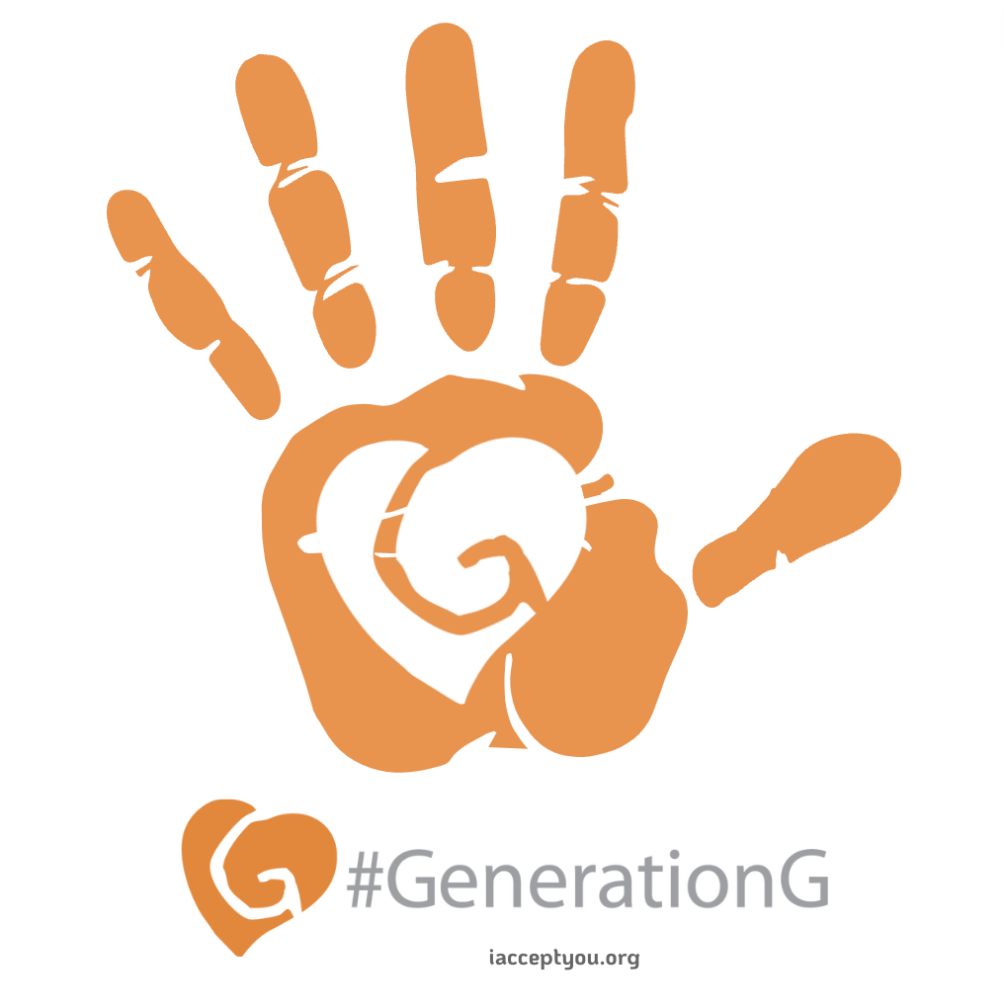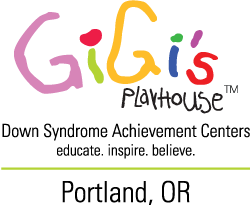Hypermobility in Down Syndrome

Low muscle tone, or hypermobility (HM), is one of the most common symptoms of Down Syndrome. This condition is caused by a problem with how collagen is used due to the additional chromosome at the 21st chromosome. This gene is where collagen is encoded to be used to maintain our muscles, joints, and connective tissue.
Problems with hypermobility can cause issues in other areas, such as:
· Speech
· Sucking, swallowing, and eating
· Posture
· Breathing
· Walking
·Motor coordination
In addition to the difference at the 21st chromosome, researchers at Tulane University have discovered that individuals experiencing DS have deficiencies of B9 (or folate —a vital nutrient for DNA synthesis and repair necessary for encoding collagen) and a host of cellular functions through a process called methylation. In their study, they found that individuals with DS had 29% less circulating folate in their bodies than individuals without DS. This deficiency is caused by a genetic mutation called MTHFR. Babies with Down syndrome develop in utero with this mutation, so it affects the way their physical development progress — specifically their reflex patterns and their proprioception.
What Is Proprioception?
Proprioception is the first sense to develop. It allows our brains to know where we are in space at all times. We have many types of proprioceptors in our skin, joints, and muscles that send information to our brains 24/7. They give us information about pressure, pain, tension, heat, cold, and muscle contraction. Some proprioceptors, like those in the fingers, are highly sensitive. Some proprioceptors, like those in the joints, depend on having the right tension and elasticity for them to do their job, so low collagen can cause issues there.
Poor proprioception is associated with poor balance, seeming uncoordinated, having to move all the time, poor posture, bumping into things all the time, and other issues. Because proprioception is the first sense to develop, all others are dependent upon it — including vestibular, auditory, and visual senses.
Poor proprioception development impacts the emergence of reflex patterns in utero and after birth. These are the development movement patterns babies go through during the first three years of life — such as raising their head, pushing themselves up on their arms on their belly, and crawling. Each of these stages is vital for brain development and can impact cognition (thinking and learning), sensory processing, and physical coordination. Delays in these patterns are known as developmental delays. As each pattern emerges and integrates, it maps out and matures different pathways in the brain. If a pattern is skipped or retained too long, it can then prevent the next ones from emerging.
When motor coordination and planning (such as walking, rolling, and climbing) are affected with the large muscles, there will also be challenges with fine motor control — as that is the order in which our brains develop. Speech, visual tracking, and writing are all fine motor tasks.
How to Treat Hypermobility
Physical and occupational therapy are almost always recommended for individuals with Down syndrome to help address challenges related to hypermobility. There is also a specific modality called Primitive and Primary Reflex Integration that can target the development of the proprioceptive system and assess and develop those reflex patterns for better core postural control, balance, coordination, and more.
You can learn more about reflex integration here. Working with a developmental pediatrician or naturopathic physician who specializes in children with Ds can also help identify nutritional deficiencies impacting hypermobility such as the folate discussed above.
References
Dey A, Bhowmik K, Chatterjee A, Chakrabarty PB, Sinha S, Mukhopadhyay K. Down Syndrome Related Muscle Hypotonia: Association with COL6A3 Functional SNP rs2270669. Front Genet. 2013 Apr 22;4:57. doi: 10.3389/fgene.2013.00057. PMID: 23626599; PMCID: PMC3631610.
Funk, R., Jones, J., Polireaddy, K., Zimmerman, K., Reed, G., Talib, N., & Becker, M. (2020). Folates in Children with Down Syndrome and the Impact of Dietary Supplementation. Journal of Human and Clinical Genetics, 2(1):1-8 https://www.humangeneticsjournal.com/articles/folates-in-children-with-down-syndrome-and-the-impact-of-dietary-supplementation.html
Yawn, A. (2023). Could a vitamin deficiency cause ‘double-jointedness’ and troubling connective-tissue disorder? Tulane News. https://news.tulane.edu/pr/could-vitamin-deficiency-cause-%E2%80%98double-jointedness%E2%80%99-and-troubling-connective-tissue-disorder
Recent Posts



